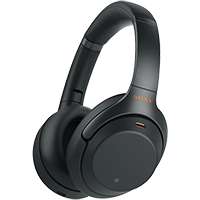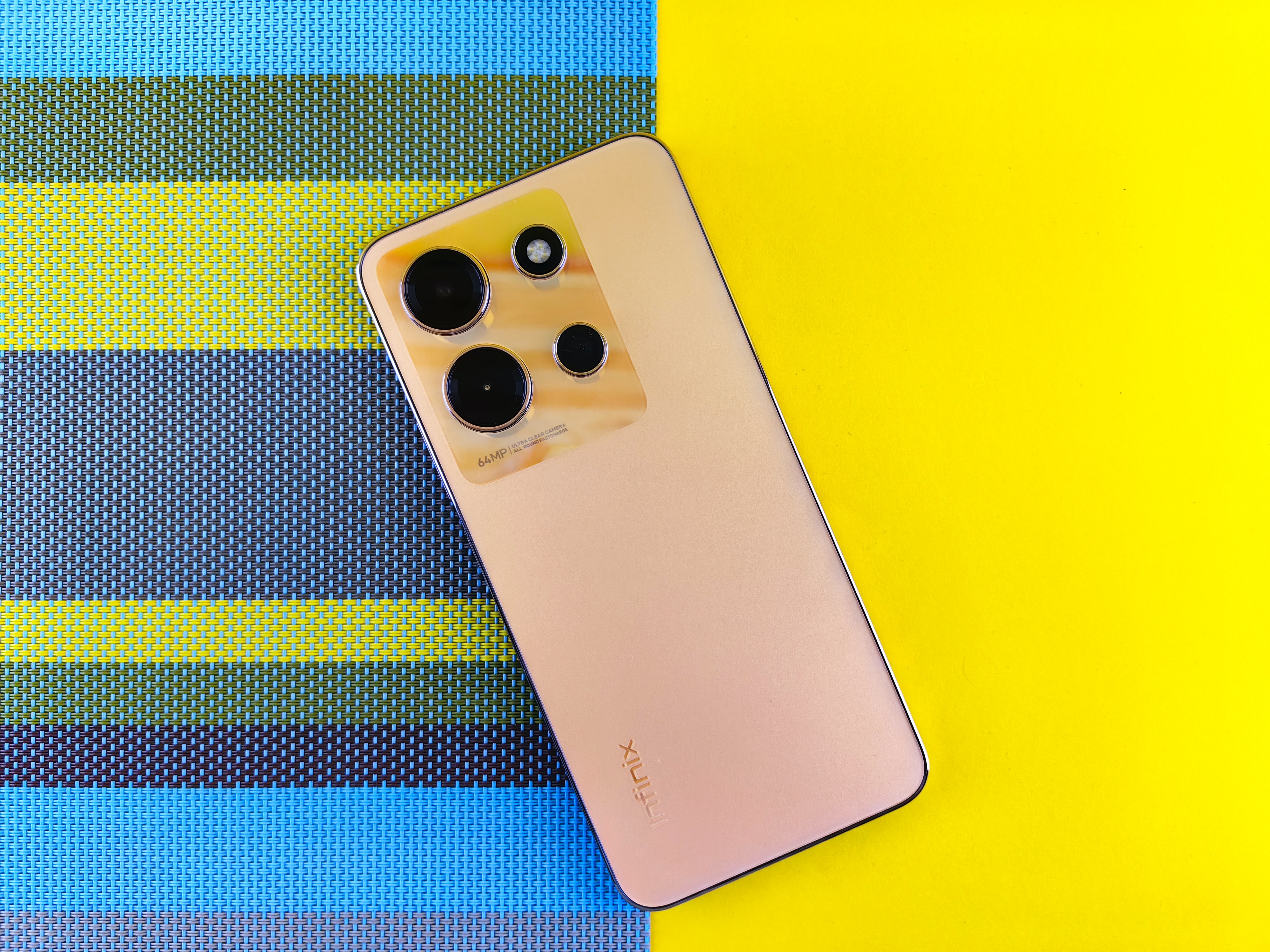You most probably see people roaming around with small speakers inside or over their ears every single day. There are a variety of headphones available according to one’s style, audio type, and different cost ranges. They have also become a massive part of our lifestyle for the past few years.
Earphones have been a significant part of music for the last decade. Even though having a pair of speakers inside our ears doesn't seem like a huge accomplishment, how headphones are manufactured is quite intriguing on its accords. So let's take a look at how this amazing creation was awarded to humans.
❶ The History of Headphones
The headphones were originated from the telephone receiver's earpiece. Back, in times it was the only way to listen to electrical audio signals, which was before amplifiers came into existence.
In 1881, Ezra Gilliland, who was an ordinary employee for Bell Telephone and Thomas Edison, invented a device in which the telephone’s transmitter (mouthpiece) and receiver (earpiece) sat into the contraption on the user's shoulders. This device weighed almost 6 to 11 lbs and was never used again after 1881.
In the pre-radio world, there was an electrophone invented in 1895 which allowed users to listen to programs down in London by paying around 5 Euros per year. It worked like a basic telephone where you needed to dial into the switchboard to connect to live performances. You could call this the Spotify premium of that era.
After that, a device which closely resembles the headphones we use nowadays was invented from the telephone receiver’s earpiece. Nathaniel Baldwin designed it in 1910, who handmade the piece in his kitchen and sold it to the United States Navy.
WWII became a reason to put an end to production in Germany. But before that, German hi-fi stalwarts, Beyerdynamic, invented the world's first domestic-use headphones. These were launched in the year 1937, and the DT-48 remained in production in one form or another until 2012.
In 1958, John C. Koss, a jazz musician, created the first stereo headphone, named Koss SP-3. Before that, headphones were only used by the US navy, telephone and radio operators, or people who belonged to the same Industry.
When Sennheiser HD 414 debuted in the year 1968, all their headphones were rather big and uncomfortable for users and had closed backs. HD-414 was the first open-back design, and its audio could be dubbed the exact sound of future headphones.
In the year 1979, Sony revolutionized the way we listened to music by introducing the walkman. It also provided the 3.5 mm audio jack, which we’re using even now. The walkman gave a person the freedom of taking their songs outside the house and was one of the most significant inventions in Headphones history.
The next in the race was Apple. Launched in the year 2001, the iPod was the greatest mp3 player of all time. The company first I introduced the world with mp3 players. Although it didn't have lots of storage, it did feature a fabulous interface and terrific industry finish which Apple is known for.
In 2008, headphones became fashion accessories. Before Beats by Dre were revealed, manufacturers were trying to cut down on costs by compromising on the quality of music. Beats by Dre, however, was determined to give the user an experience of being in a studio with the artist.
German company Bragi brought The Dash in the market in late 2015. It was a wireless smart earphone with hand-gesture control and an assistant which came pre-installed with Bragi’s OS.
After all this, headphone history was revolutionized when Apple launched the Airpods in 2016, which were only two pieces of stereos connected with Bluetooth without any wires.
The era from 2008 to 2014 came to be known as the wireless headphone age, whereas the period between 2014 and 2019 could be titled the headphone AI age.
❷ The Development of Headphones
Over the years, earphones developed in many ways.
A. Development in a wearing way
Classic Earphones:
Standard earphones are placed inside the outer part of your ear canal. They are basic wired earphones with a 3.5 mm audio jack for connectivity.

Over-ear Headphones:
Over-ear headphones are places around the walls of your ear instead of being inserted inside your ear canal. They have cushion ear cups that enclose your ears completely.

Bone Conduction Headphones:
Bone Conduction headphones are not inserted in your ear, nor do they enclose them. They’re actually placed around your skull, and the bone conducts sound waves.

B. Different Designs of Headphones
Open Design Headphones:
Open design headphone headsets allow noises in the environment to mix with the headphone’s output. So even though you're listening to music, you are well aware of your surroundings.
Semi-Open Headphones:
Semi-Open Headphones are the middlemen between open and closed headphone designs. So they won't completely block external disturbances, nor will they leak sound.
Close Design Earphones:
These tight-design earphones isolate every sound from your surroundings. A lot of users prefer these headphones over other types.
❸ Sound Quality Evaluation
A. Range
The range of an earphone is the bandwidth in which it operates. The primary operating range of earphones in today's date is around 20 to 20000 Hz. Here, the first number represents the bass end of the spectrum, while the second represents treble.
B. Tone
The tone describes the quality of earphones, which refers to the pitch, quality, and strength of the audio output. The higher your mood, the more precise your sound is.
C. Dynamic
Dynamic range determines the ratio of the softest sound to the loudest noise in an earphone. This ratio is around 75 dB in modern-day headsets.
D. Transient Response
Transient response is the ability of headphones to respond to the peak levels of sound. It also reflects the quality of the device.
E. Signal to Noise Ratio
As the name suggests, this is the ratio of the original audio signal to the noise which gets added. This ratio should always be as high as possible.
F. Air Sensation
Air sensation is a kind of disturbance that pours in. You might hear a ringing or sometimes sounds which aren’t present around you. This factor should not be involved while wearing headphones or earphones.
G. Base Extension
Base extension means that the frequency response is emphasized in the bass region instead of in the treble.
H. Brightness
When the upper-middle and high-frequency layers of any sound are enhanced, it is called the brightness enhancement of music.
❹ Mistakes in Use
This is the most important headphone knowledge you need to have.
A. Long Time and Loud Volume Use
Earphones cause the same damage to your ears as that of deafening sounds. So listening to earphones on a loud volume for long durations can cause temporary or permanent hearing loss. An extended usage of headphones can also lead to severe headaches.
B. Burn-in With Loud Volume
The process of burning your earphones takes almost 40 hours of constant music. But it can be hazardous and cause harm to your hearing as well as your nervous system. So you need to be careful when burning your brand-new purchase.
C. Cross Use With Other People
There are tons of bacteria which reside inside of every person's ears. So sharing your earphones with the people around can pass along infections. This is an essential earphone knowledge tip for the user.
❺ The Correct Way to burn in your new Headphones
A. What is Burn-in and Why?
Whenever you buy new headphones, you would prefer to know the quality they provide as well as their efficiency. The process of burn-in is used for this purpose.
When someone does a burn-in, it means that they play music at different frequencies on for around 30-40 hours. This helps with determining the efficiency of the headphones.
B. What are the right ways to Burn-in your Headphones?
So the following are some headphone burn-in tips which you can follow to burn-in your headphones correctly.
- You need to select music with a wide range of frequencies. The frequency range of headphones is between 20 and 20000 Hz, as stated above. So try choosing music from all those brackets.
- You can make a special playlist to burn your headphones. Make sure the playlist is around 30-40 hours long. Incorporate some white and pink noise in it as well. This will help you test your headphones to its full capacity.
- A wired connection is preferred while burning your headphones. Bluetooth doesn't produce a distinct sound, so it's better to have a clear connection.
- Set your volume to a medium level before playing those tracks. If your audio volume is too low, your headphones won't produce enough sound. On the other hand, if it is too high, they can get damaged.
- Try not to wear the headphones continuously throughout the burning process since white and pink noise can be harmful to your ears.
- Check the headphones at specific intervals to verify if there’s any improvement in the audio quality.
So this is all you need to know about headphones, which are one of the greatest inventions in history. But you must remember to use them wisely, or else they may cause a significant impact on your health. Always keep the headphone tips given above in mind to avoid any disorders.




